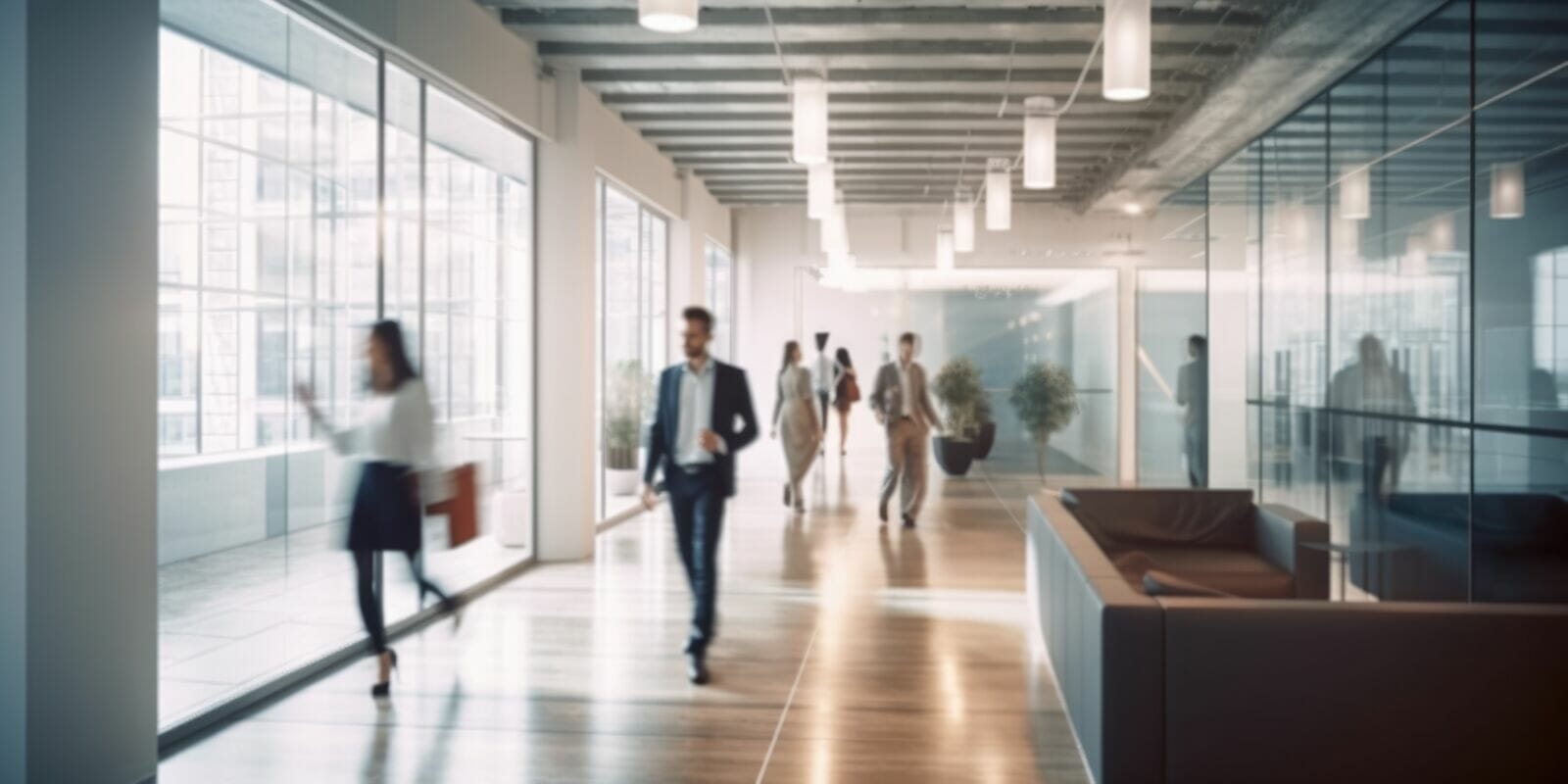When COVID-19 made being in an office unsafe, many employees found themselves in a novel working environment — their spare room, couch or kitchen table. As the public health crisis has subsided, more companies are requiring workers to return to the office at least a few days each week, citing the benefits of collaboration and creating culture. A curated space can facilitate these goals and show reluctant returning employees the purpose of the decision to return to the office.
LEARN MORE: Here’s why building affordable housing in Phoenix is a challenge
Scott Maxwell, managing principal at Cresa, says that the pandemic accelerated some of the trends already present in the office sector. Prior to smartphones and the ubiquity of Wi-Fi connections, workers were tethered to their desks. Today, work can be done from anywhere, and the pandemic proved that to be true.
“The question is how do you get people back [in the office]? That’s what [employers] are asking,” Maxwell says. “It’s about the ‘why’ of bringing people back. Figure that out and they’ll come. If it’s a matter of trying to cram people in an office, that won’t go over well with today’s workforce.”

Traditional office space, he continues, was all about density and trying to be efficient with the floorplate. Now, the challenge is to create a place where workers can build camaraderie.
“Design is a key element in this discussion,” says Sara Yehia, founding principal of Kenzy Architects. “COVID-19 changed how we work, and that change is here to stay. The flexibility, the virtual meetings, working from home — we figured out how we can make it all work and we cannot unlearn that. Employers should keep offering hybrid work to retain employees, because it’s expected now, but there’s so much they can do to encourage employees to come back to the office.”
NEW WORLD OF WORK
A company’s need for office space in a post-pandemic world is influenced by the industry it operates in and how many days a week it expects employees to be in-person, according to Maxwell. Professional services, he says, tend to be in the office more and are improving their spaces to make it more attractive for employees. But call centers can operate efficiently on a full-time work from home basis.
“[Call centers] figured out how to track productivity among their employees way before the pandemic,” Maxwell says. “They know exactly how many calls a certain person made during the day, so it doesn’t matter if they’re in a cubicle or if they’re at home as long as they’re making or taking calls. There are these huge swaths of sublease space out on the market, and most of it is call center space.”
Shedding the expense of office space can be huge for the bottom line of a business, but it forgoes the culture-building nature of seeing coworkers in person, as well as a site for training. A static company that isn’t planning on adding too many more employees can utilize about 30% less square footage in a hybrid work model, Maxwell says, whereas a growing business will continue to need more space.
WHAT IS GOOD DESIGN?
If the physical space of an office encourages employees to work together and create a sense of belonging, what design elements should be incorporated? For Lynne Orlowski, director of interior architecture and design at Ware Malcomb, the first thing that catches her attention when evaluating a space is the energy it exudes.
“I look at the people using it and ask myself, ‘Are they happy? Does the space feel activated? Are they using the space as intended? Can I feel their culture and the type of work that they do by the design and branding of their space? Is this someplace I’d want to work or visit?’” she says. “[Good design] comes from a combination of the different [function] of spaces within the environment, the colors and textures used, but it’s really about the people and the culture.”
Alissa Franconi, principal and interiors studio leader at RSP Architects, adds that what type of work occurs in an office should inform the layout. For example, she worked on the award-winning Sprouts Farmers Market corporate headquarters, which had different needs than a lawyer’s office.
“We can create this beautiful space that gets featured in magazines, but if it doesn’t function for [the client’s] specific business, that’s a failure,” she says. “Sprouts has vendors that are trying to get the company to sell their products in the store. We’re talking about 30 people a day that could potentially go [to Sprout’s offices], so the lobby area had to house many different vendors coming in. Does Sprouts want to take vendors through their entire office? Or do they want to have meeting spaces near the front? The function of the space is key to the design.”
HUMAN-CENTERED SPACES
A well-designed office space meets the unique needs of the tenants, but how have those needs changed in a post-pandemic environment? Yehia says the answer is based in human centered design that focuses on the employee experience.
“We’re adapting hospitality design aspects into the office spaces now to make them more welcoming and comfortable,” she continues. “When working at home, there’s not as many distractions so it’s easier to focus, but the office is great for collaboration, talking face to face or having a quick, last-minute meeting. Having spaces that allow for both collaboration and focus time is important.”
Conference rooms and other casual open spaces can facilitate teamwork, whereas small “Zoom rooms” for employees to take a video call, along with other private areas, allow for more focused task completion.
“What shifted most with the pandemic is that we went from having traditional types of meeting spaces and workspaces to now the office being centered around those gathering spaces,” Franconi adds. “Studies show that what’s really drawing people back into the office is their colleagues and mentorship opportunities. The physical space can encourage all of those things.”
Prior to the pandemic, a popular office trend was unassigned workstations — sometimes called hot desking, hotel desking or desk sharing. Rather than having a designated cubicle, employees either reserve a desk on a specific day to work at when in the office, or simply find an open spot when they arrive.
“We’re seeing a shift from unassigned workstations to people wanting to personalize their space,” Franconi says. “If employees are giving up the opportunity to be at home, they want that sense of comfort back in the office. They want to a sense of ownership over a specific space where they can leave items and not have to cart everything back and forth.”
On the other hand, Orlowski points out that it can be hard to align the amount of space needed with the number of employees, especially for fast growing companies. In a hybrid work environment where employees are coming in on different days, unassigned workstations offer flexibility over having a designated desk for every person, even when they’re not in the office.
“I think [unassigned workstations are] still going to be a trend, but we might increase the total number of desk-sharing spaces,” she says. “We also find that lockers are good for storing your personal belongings so you can just grab them and sit down at a computer.”
Flexibility, both as a design philosophy and employer mindset, is an important concept for the post-pandemic office, Yehia says.
“A truly flexible space gives a permanent spot or an [unassigned workstation], because at the end of the day, it comes down to one’s personality, their workflow and how much time they plan to spend in the office,” she concludes. “The ability to personalize your space increases the employee’s sense of belonging and creates a better connection with the company. But some people spend the majority of their time outside their office and only need a desk for a short time. [Assigned or unassigned desk arrangements] is something that companies should study before implementing, because it’s not a one-size-fits-all solution.”
Editor’s note: This story was part of the NAIOP Arizona supplement in the September issue of AZRE.




